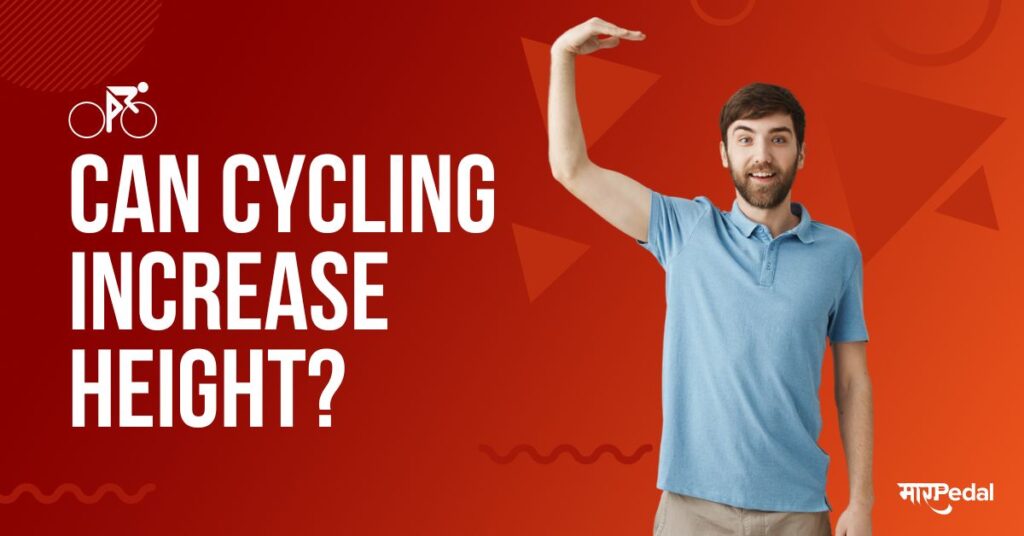
Carrying a skateboard while riding a bike can be tricky. With some preparation and the right equipment, you can securely transport your board to the skatepark or around town. This guide will walk through the main methods for carrying a skateboard on a bike, along with tips for safety and convenience.
7 Methods for Carrying a Skateboard on a Bike
Backpack
One of the easiest ways to carry a skateboard on a bike is in a backpack. Look for backpacks designed for skateboarding that have straps to hold the deck in place.
Pros
- Keeps hands free for steering and braking
- Balances weight distribution
- Provides cushioning and protection for board
Cons
- Can cause back sweat
- Weight on shoulders may be uncomfortable
Tips
- Use both chest and waist straps for stability
- Cinch board straps tightly so deck doesn’t shift
Shoulder Strap Carrier
A shoulder carrier strap specifically designed for transporting skateboards can be convenient and comfortable.
Pros
- Keeps board secure while keeping hands free
- Weight rests on shoulder rather than back
- Allows easy access to board
Cons
- Can restrict arm movements
- May obstruct view while riding
- Limited carrying capacity
Tips
- Adjust strap length for snug fit
- Use padding under strap to reduce digging
- Check strap ratings and avoid overloading
Handlebar Mount
Mounting a carrier onto the bike’s handlebars offers quick access and good visibility.
Pros
- Keeps board clearly in view
- Allows easy access while riding
- Various mounts available to fit different handlebars
Cons
- Can make steering awkward
- Extra wind resistance up front
- Mounts can vibrate loose over time
Tips
- Choose a sturdy mount that fits bar diameter
- Check bolts regularly to ensure mount stays tight
- Avoid carrying too much weight up front
Fork Mount
Mounting a carrier onto the bike’s front fork can provide stable transport.
Pros
- Keeps board centered and balanced
- Removes side-to-side sway during rides
- Allows quick access to board
Cons
- Can interfere with some suspension forks
- Requires removing front wheel
- Adds stress to the fork
Tips
- Ensure carrier clamps properly onto fork
- Check that clamp design won’t scratch fork
- Consider a fork brace for extra strength
Truck Mount
Some fork mounts allow attaching the skateboard directly via its trucks.
Pros
- Utilizes board’s existing mounting points
- Keeps board centered without shifting
- Eliminates need for separate carrier
Cons
- Only works with standard kingpin truck design
- Typically requires wheel removal
- Extra stress on truck axles
Tips
- Cushion clamps to avoid truck damage
- Limit use to smooth roads to reduce vibration
- Check trucks regularly for loosening
Frame Mount
A frame mount carrier attaches to the bike’s rear triangle or eyelets to carry a board near the back wheel.
Pros
- Keeps board up and out of the way of legs
- Low mounting spot provides stability
- Many standard sizes fit various bike frames
Cons
- Getting on/off requires leaning bike to access board
- Could interfere with brakes or gears
- Adds weight to rear that can affect handling
Tips
- Ensure carrier has side straps to secure board
- Check for frame clearance before installing
- Consider a folding carrier for easy storage
Top Tube Mount
These small carriers mount to the bike’s top tube to hold a skateboard on its side.
Pros
- Keeps board up high and out of the way
- Allows easy access while riding
- Fits a wide range of bike frame sizes
Cons
- Requires stopping to load/unload board
- Can obstruct standover clearance
- Adds stress to delicate top tube area
Tips
- Ensure board is prevented from sliding side-to-side
- Protect top tube with padding under clamp
- Check bolt tightness before each ride
Bike Types and Setup Tips
Road Bikes
- Use compact carrier that won’t create much drag
- Add padding to prevent cable/frame rubbing
- Install tire chain guard to avoid skid plate damage
Mountain Bikes
- Utilize handlebar or fork mounts for shock absorption
- Check carrier clearance to avoid hitting suspension
- Use additional straps to secure board over rough terrain
BMX Bikes
- Opt for lightweight backpacks or shoulder carriers
- Ensure pegs/gyro tabs don’t contact tire or chain
- Check for adequate clearance with frame and components
Cruisers
- Take advantage of large frame triangles for frame mounts
- Use longboard carriers to accommodate larger decks
- Add cushioning where straps contact bike frame
Cargo Bikes
- Utilize existing racks, bins, or platforms to carry board
- Strap board securely to avoid bouncing out on bumps
- Folding or collapsible boards can store neatly
Maintenance and Safety Tips
- Check carriers regularly for loose bolts or damaged parts
- Watch strap wear and replace fraying or stretched-out straps
- Apply protective padding in contact areas to prevent rubbing
- Make sure nothing is obstructing brakes, gears, wheels, or pedals
- Avoid carrying too much weight to maintain bike handling
- Consider a bike flag for improved visibility of extending boards
- Check local laws regarding carrying items on bikes
- Always wear a helmet and follow traffic safety laws
Carrying Options for Different Board Types
Standard Skateboards
- Most carrier types can accommodate standard deck sizes
- Backpack or shoulder carriers provide flexible transport
Longboards
- Look for oversized carriers rated for longer decks
- Backpacks with extra long straps can secure grip tape
Penny Boards
- Small decks easily fit in bags or basic carriers
- Take care not to overtighten clamps on plastic boards
Electric Skateboards
- Account for battery pack weight when choosing carrier
- Ensure adequate ground clearance for battery enclosure
Cruisers
- Larger decks may require custom frame mounts
- Wide kicktails can limit backpack/bag options
Downhill Boards
- Full face helmet may limit shoulder carrier comfort
- Extra padding helps protect precision components
Answering Common Questions
Is it bad for my bike to carry a skateboard?
Carrying a skateboard puts some extra stress on a bike, but with a properly fitted carrier, high quality components, and sensible weight limits, there should be no major problems or damage. Avoid cheap carriers that can bend or break. Periodically check for frame cracks or broken parts.
What’s the best way to carry a board on a mountain bike?
For mountain bikes, a handlebar or front fork mount helps absorb impacts from rough terrain. Make sure to use additional straps to firmly secure the board and prevent bouncing. Padded direct truck mounts also work well.
How do I stop the board from bouncing on a backpack?
Use the chest and waist straps on the backpack to stabilize the load. Tighten the board cinch straps as much as possible without overly flexing the deck. Some backpacks have an extra anti-slip pad or strap to press against the grip tape.
What kind of bike is best for transporting a skateboard?
BMX and cruiser bikes provide great versatility for carrying boards of various sizes. The smaller wheel size helps limit bumps, and the frame design usually provides solid mounting points. Road and mountain bikes also work well with good carriers.
Is it legal to carry a skateboard on a bike?
Check your local laws, as regulations can vary on extending items. Using common sense helps – keep boards secured tightly, use reflectors and lights, avoid overwide loads, and don’t let items obstruct lights or brakes.
Conclusion
With all the options available today, transporting your skateboard by bike is easier than ever. The key is finding a high quality carrier that properly fits your bike model and desired carrying position. Take precautions to safely secure your board and protect your bike’s frame. A little trial and error can lead to a perfectly dialed setup for carrying your board anywhere you want to ride!






